Home>Furniture & Design>Interior Design Trends>How To Sterilize Glass Bottles
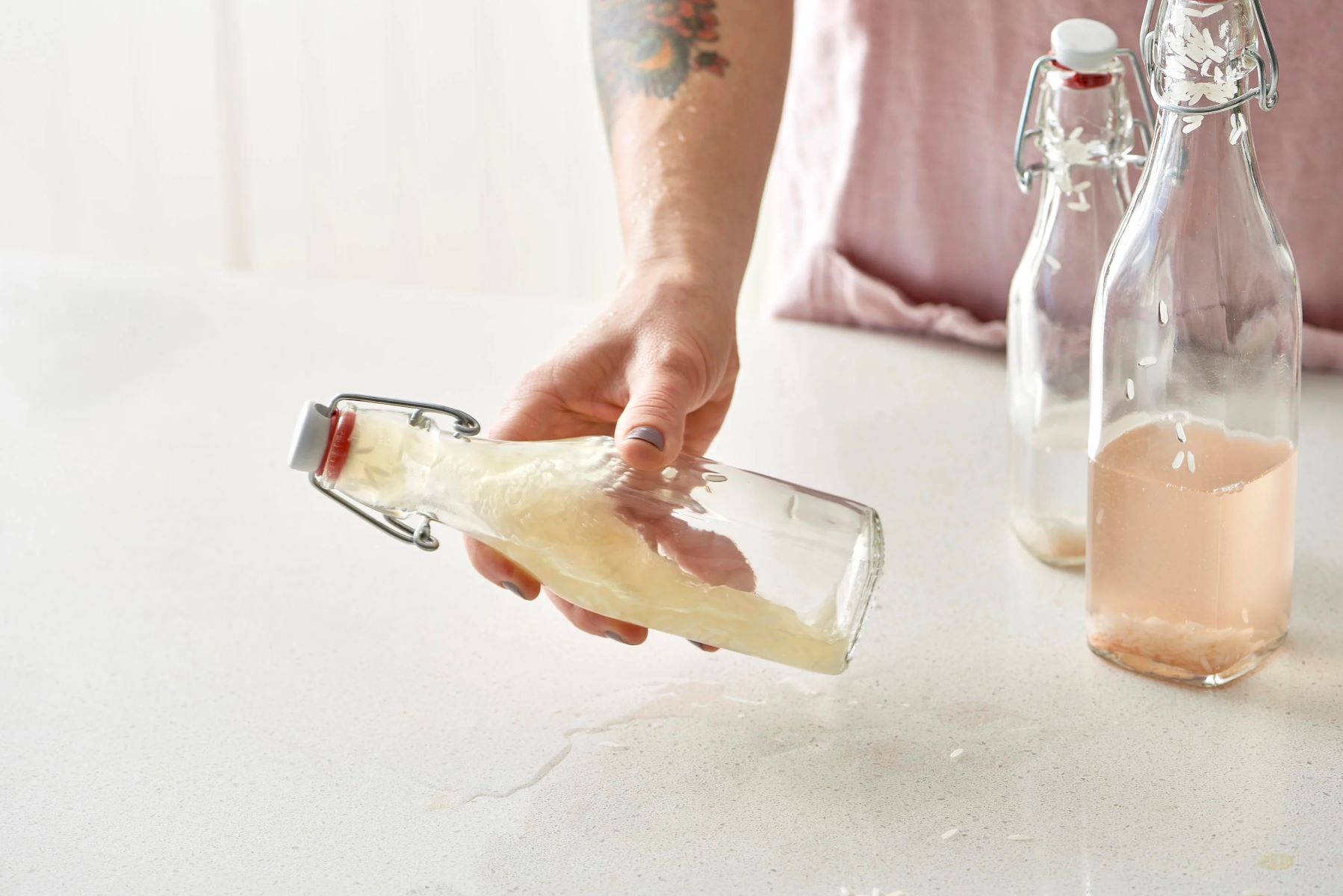

Interior Design Trends
How To Sterilize Glass Bottles
Modified: February 18, 2024
Learn the latest interior design trends for sterilizing glass bottles. Discover effective methods and tips for maintaining a clean and stylish home.
(Many of the links in this article redirect to a specific reviewed product. Your purchase of these products through affiliate links helps to generate commission for Storables.com, at no extra cost. Learn more)
Introduction
Sterilizing glass bottles is a crucial step in ensuring the safety and cleanliness of various products, including homemade preserves, baby bottles, and brewing equipment. By eliminating harmful bacteria, viruses, and other microorganisms, sterilization not only prolongs the shelf life of the contents but also safeguards against potential health risks. Whether you are a seasoned home cook, a new parent, or a hobbyist brewer, understanding the significance of sterilizing glass bottles is essential for maintaining a hygienic environment and preserving the integrity of the stored items.
In this comprehensive guide, we will explore the various methods of sterilizing glass bottles, providing detailed insights into each technique's effectiveness and practicality. From the traditional boiling method to the use of bleach solutions and advanced steam sterilization, we will delve into the nuances of each approach, empowering you to make informed decisions based on your specific needs and preferences.
As we embark on this journey through the realm of sterilization, it's important to recognize that the methods discussed herein are not limited to a single application. Whether you are preparing homemade jams and pickles, ensuring the cleanliness of your baby's feeding bottles, or sanitizing glass containers for brewing and fermenting, the principles of sterilization remain consistent. By grasping the fundamentals of each sterilization method, you will be equipped with the knowledge to maintain a pristine environment for your culinary and household endeavors.
Join us as we unravel the art and science of sterilizing glass bottles, uncovering the best practices and insights that will elevate your approach to cleanliness and safety. Let's embark on this enlightening exploration of sterilization methods, empowering you to uphold the highest standards of hygiene and quality in your everyday pursuits.
Key Takeaways:
- Sterilizing glass bottles is crucial for preserving food, keeping baby bottles clean, and ensuring the quality of brewed beverages. Methods like boiling, bleach solution, and steam sterilization offer different ways to achieve this.
- The boiling method is simple and accessible, the bleach solution method is cost-effective and rapid, and the steam sterilization method is precise and effective. Each method has its advantages, catering to various sterilization needs in different settings.
Read more: How To Store Bottles After Sterilizing
Importance of Sterilizing Glass Bottles
Sterilizing glass bottles holds immense significance in various domains, ranging from culinary practices to infant care and brewing endeavors. The primary purpose of sterilization is to eradicate harmful microorganisms, including bacteria, viruses, and fungi, which may compromise the safety and quality of the stored contents. By comprehending the importance of this process, individuals can uphold stringent hygiene standards and mitigate potential health risks associated with contaminated bottles.
Prolonged Shelf Life
Sterilization plays a pivotal role in extending the shelf life of preserved foods, such as jams, pickles, and sauces. By eradicating microorganisms that contribute to spoilage, sterilized glass bottles create an environment conducive to preserving the freshness and flavor of homemade culinary creations. This not only minimizes food wastage but also ensures that the delectable flavors and textures are retained for an extended duration.
Infant Health and Safety
For parents and caregivers, the sterilization of glass baby bottles is paramount in safeguarding the health and well-being of infants. Babies have delicate immune systems, making them particularly susceptible to infections caused by unsterilized bottles. By diligently sterilizing glass baby bottles, parents can provide a safe and hygienic feeding environment, reducing the risk of their little ones falling ill due to harmful pathogens.
Quality Assurance in Brewing
In the realm of brewing and fermenting, the sterilization of glass bottles and equipment is indispensable for maintaining the integrity of the brewing process. Any residual microorganisms present in inadequately sterilized bottles can compromise the fermentation process, leading to off-flavors and potential spoilage. By prioritizing sterilization, brewers can uphold the quality and purity of their brews, ensuring that each batch reflects the intended flavors and characteristics.
Read more: How To Store Baby Bottles After Sterilizing
Preventing Cross-Contamination
Sterilizing glass bottles is also crucial for preventing cross-contamination in various settings, including laboratories, medical facilities, and cosmetic production units. By eliminating the presence of harmful microorganisms, the risk of cross-contamination is significantly reduced, thereby upholding the integrity and safety of the substances stored in the sterilized bottles.
In essence, the importance of sterilizing glass bottles transcends mere cleanliness; it is a fundamental practice that underpins the safety, quality, and longevity of the stored contents. By recognizing the pivotal role of sterilization in diverse contexts, individuals can embrace this practice as a cornerstone of maintaining a pristine and hygienic environment for their culinary, infant care, and brewing pursuits.
Methods of Sterilizing Glass Bottles
Sterilizing glass bottles is a critical step in ensuring the safety and cleanliness of various products, including homemade preserves, baby bottles, and brewing equipment. There are several effective methods for sterilizing glass bottles, each offering unique advantages and suitability for different applications. Understanding these methods empowers individuals to choose the most appropriate approach based on their specific needs and preferences.
Boiling Method
The boiling method is a time-honored technique for sterilizing glass bottles. It involves submerging the bottles in a pot of boiling water for a specified duration, typically around 10 to 15 minutes. This process effectively eliminates harmful microorganisms, making it ideal for home canning, preserving jams, and sterilizing baby bottles. The simplicity and accessibility of this method make it a popular choice for individuals seeking a straightforward yet reliable sterilization process.
Bleach Solution Method
The use of a bleach solution is another widely employed method for sterilizing glass bottles. By preparing a diluted bleach solution and immersing the bottles in it for a prescribed period, typically 2 to 3 minutes, the sterilization of the glass surfaces is achieved. This method is particularly effective in neutralizing bacteria and viruses, offering a cost-effective and efficient approach to ensuring the cleanliness of bottles used for various purposes, including laboratory work and home fermentation projects.
Read more: How To Sterilize Glass Jars
Steam Sterilization Method
Steam sterilization presents a more advanced approach to sterilizing glass bottles, leveraging the power of high-temperature steam to eradicate microorganisms. This method is commonly utilized in medical and laboratory settings, where precision and thorough sterilization are paramount. Specialized steam sterilizers, such as autoclaves, create an environment where high-pressure steam penetrates the glass bottles, ensuring comprehensive sterilization. While this method may require specialized equipment, it is unparalleled in its ability to achieve aseptic conditions, making it indispensable in professional and industrial settings.
Each of these methods offers distinct advantages, catering to a diverse range of sterilization needs. Whether it's the simplicity of the boiling method, the cost-effectiveness of the bleach solution approach, or the precision of steam sterilization, individuals can select the most suitable method based on the specific requirements of their sterilization endeavors.
By familiarizing oneself with these methods, individuals can make informed decisions, ensuring that the sterilization of glass bottles aligns with the highest standards of hygiene and safety, regardless of the intended application.
Boiling Method
The boiling method stands as a time-tested and reliable approach to sterilizing glass bottles. Its simplicity and effectiveness have made it a popular choice for various applications, including home canning, preserving jams, and ensuring the cleanliness of baby bottles. This method involves submerging the glass bottles in a pot of boiling water for a specified duration, typically around 10 to 15 minutes.
The process begins by thoroughly washing the glass bottles with soap and water to remove any visible dirt or residue. Once cleaned, the bottles are placed in a pot filled with enough water to completely submerge them. The water is then brought to a rolling boil, and the bottles are allowed to boil for the prescribed duration, typically 10 to 15 minutes.
The high temperature of the boiling water effectively eliminates harmful microorganisms, including bacteria and viruses, present on the surfaces of the glass bottles. This straightforward yet powerful method ensures that the bottles are thoroughly sterilized, creating a hygienic environment for storing homemade preserves or preparing infant feeding bottles.
One of the key advantages of the boiling method is its accessibility. It requires minimal equipment and can be easily performed in a standard kitchen setting. This makes it an attractive option for individuals seeking a practical and cost-effective sterilization method. Additionally, the boiling method is well-suited for heat-resistant glass bottles, as they can withstand the high temperatures without the risk of damage.
Furthermore, the boiling method offers the assurance of thorough sterilization, providing peace of mind to individuals engaged in home canning or preserving. By eradicating harmful microorganisms, this method contributes to prolonging the shelf life of preserved foods, ensuring that the flavors and quality remain intact over time.
In essence, the boiling method exemplifies a straightforward yet highly effective approach to sterilizing glass bottles. Its accessibility, reliability, and ability to deliver comprehensive sterilization make it a favored choice for individuals engaged in various domestic and culinary pursuits. Whether it's the preservation of homemade jams or the preparation of hygienic baby bottles, the boiling method stands as a stalwart ally in upholding the highest standards of cleanliness and safety.
Bleach Solution Method
The bleach solution method is a widely employed and cost-effective approach to sterilizing glass bottles. This method harnesses the potent disinfectant properties of bleach to neutralize bacteria and viruses, ensuring the cleanliness and safety of the glass surfaces. By immersing the glass bottles in a carefully prepared bleach solution for a prescribed duration, typically 2 to 3 minutes, thorough sterilization is achieved.
To initiate the process, it is essential to prepare the bleach solution with precision. A commonly recommended ratio involves diluting one tablespoon of unscented household bleach in one gallon of clean, room-temperature water. This proportion ensures the effective disinfection of the glass bottles while minimizing the risk of residual bleach affecting the stored contents. It is crucial to use unscented bleach, as scented varieties may contain additional chemicals that are unsuitable for sterilization purposes.
Once the bleach solution is prepared, the glass bottles are submerged in the solution, ensuring that the interior and exterior surfaces are fully immersed. The bottles are left in the solution for the specified duration, typically 2 to 3 minutes, allowing the disinfectant properties of the bleach to eradicate any lingering microorganisms. After the designated time has elapsed, the bottles are thoroughly rinsed with clean water to remove any residual bleach, ensuring that no traces of the disinfectant remain.
The bleach solution method offers several distinct advantages, making it a preferred choice for individuals seeking a reliable and accessible sterilization approach. Firstly, the affordability and widespread availability of household bleach make this method highly accessible to a broad spectrum of users. Whether it's for home fermentation projects, laboratory work, or general household sterilization, the bleach solution method provides a cost-effective means of ensuring the cleanliness of glass bottles.
Furthermore, the rapid disinfection process of the bleach solution method is particularly advantageous for individuals seeking a time-efficient sterilization technique. The relatively short immersion duration, typically 2 to 3 minutes, allows for swift yet thorough sterilization, making it a practical choice for individuals with busy schedules or time-sensitive sterilization needs.
In addition to its efficacy in neutralizing harmful microorganisms, the bleach solution method is suitable for a wide range of glass bottles, including those used for laboratory experiments, homemade fermented beverages, and general storage purposes. Its versatility and reliability make it a versatile option for individuals across diverse domains, providing a straightforward yet robust solution for maintaining a hygienic environment.
In essence, the bleach solution method exemplifies a practical and cost-effective approach to sterilizing glass bottles. By leveraging the disinfectant properties of household bleach, this method ensures thorough sterilization, upholding the highest standards of cleanliness and safety across various applications. Whether it's for preserving the purity of laboratory samples or safeguarding the integrity of homemade fermented concoctions, the bleach solution method stands as a stalwart ally in promoting hygiene and quality.
Steam Sterilization Method
The steam sterilization method represents a sophisticated and highly effective approach to ensuring the pristine cleanliness of glass bottles. Leveraging the power of high-temperature steam, this method is widely employed in medical, laboratory, and industrial settings where precision and thorough sterilization are paramount.
At the core of the steam sterilization method lies the utilization of specialized equipment, such as autoclaves, designed to create an environment where high-pressure steam penetrates the glass bottles, ensuring comprehensive sterilization. The process begins by placing the glass bottles inside the autoclave, which is then sealed to create a controlled environment. Once the bottles are secured, the autoclave introduces high-pressure steam, typically at temperatures exceeding 121 degrees Celsius (250 degrees Fahrenheit), for a prescribed duration, often ranging from 15 to 20 minutes.
The high-pressure steam permeates the glass bottles, effectively neutralizing any lingering microorganisms present on the surfaces. This method is unparalleled in its ability to achieve aseptic conditions, making it indispensable in environments where the utmost cleanliness and sterility are non-negotiable.
One of the key advantages of the steam sterilization method is its ability to provide absolute assurance of thorough sterilization. By subjecting the glass bottles to high-pressure steam at elevated temperatures, this method eradicates a wide spectrum of microorganisms, including bacteria, viruses, and spores, ensuring that the bottles are impeccably clean and free from potential contaminants.
Furthermore, the precision and reliability of the steam sterilization method make it an indispensable tool in medical and laboratory settings, where the integrity of samples, instruments, and equipment must be preserved. Whether it's the sterilization of laboratory glassware, medical instruments, or production equipment in pharmaceutical facilities, the steam sterilization method upholds the highest standards of hygiene and safety.
While the steam sterilization method may require specialized equipment and expertise, its unparalleled effectiveness in achieving aseptic conditions makes it an invaluable asset in environments where uncompromising sterility is imperative.
In essence, the steam sterilization method stands as a pinnacle of sterilization excellence, offering a level of thoroughness and precision that is unmatched by conventional methods. By harnessing the power of high-pressure steam, this method ensures that glass bottles emerge from the sterilization process in a state of absolute cleanliness, meeting the stringent requirements of medical, laboratory, and industrial applications.
Conclusion
In conclusion, the sterilization of glass bottles is an indispensable practice that underpins the safety, cleanliness, and quality of various products across diverse domains. Whether it's the preservation of homemade culinary delights, the safeguarding of infant health, or the maintenance of aseptic conditions in laboratory and industrial settings, the significance of sterilization cannot be overstated.
Throughout this comprehensive guide, we have explored the intricacies of three prominent methods for sterilizing glass bottles: the boiling method, the bleach solution method, and the steam sterilization method. Each method offers unique advantages and suitability for different applications, empowering individuals to make informed decisions based on their specific sterilization needs.
The boiling method, with its simplicity and accessibility, stands as a stalwart ally for individuals engaged in home canning, preserving jams, and ensuring the cleanliness of baby bottles. Its effectiveness in eradicating harmful microorganisms, coupled with its practicality, makes it a favored choice for domestic and culinary pursuits.
The bleach solution method, harnessing the disinfectant properties of household bleach, provides a cost-effective and rapid approach to sterilizing glass bottles. Its versatility and reliability make it a practical choice for individuals across diverse domains, ensuring thorough sterilization and upholding the highest standards of cleanliness and safety.
The steam sterilization method, characterized by its precision and unparalleled effectiveness, serves as a pinnacle of sterilization excellence in medical, laboratory, and industrial settings. By leveraging high-pressure steam, this method achieves aseptic conditions, ensuring the absolute cleanliness and sterility of glass bottles in environments where uncompromising hygiene is imperative.
As individuals embark on their sterilization endeavors, whether in the kitchen, nursery, laboratory, or production facility, the knowledge and insights gleaned from this guide will serve as a compass, guiding them towards the most suitable sterilization method for their specific requirements.
Ultimately, the art and science of sterilizing glass bottles transcend mere cleanliness; it is a testament to our commitment to upholding the highest standards of hygiene, safety, and quality in every facet of our lives. By embracing the principles of sterilization and selecting the most appropriate method for each application, individuals can cultivate a pristine and hygienic environment, ensuring the longevity, safety, and integrity of the products they cherish and rely upon.
Frequently Asked Questions about How To Sterilize Glass Bottles
Was this page helpful?
At Storables.com, we guarantee accurate and reliable information. Our content, validated by Expert Board Contributors, is crafted following stringent Editorial Policies. We're committed to providing you with well-researched, expert-backed insights for all your informational needs.
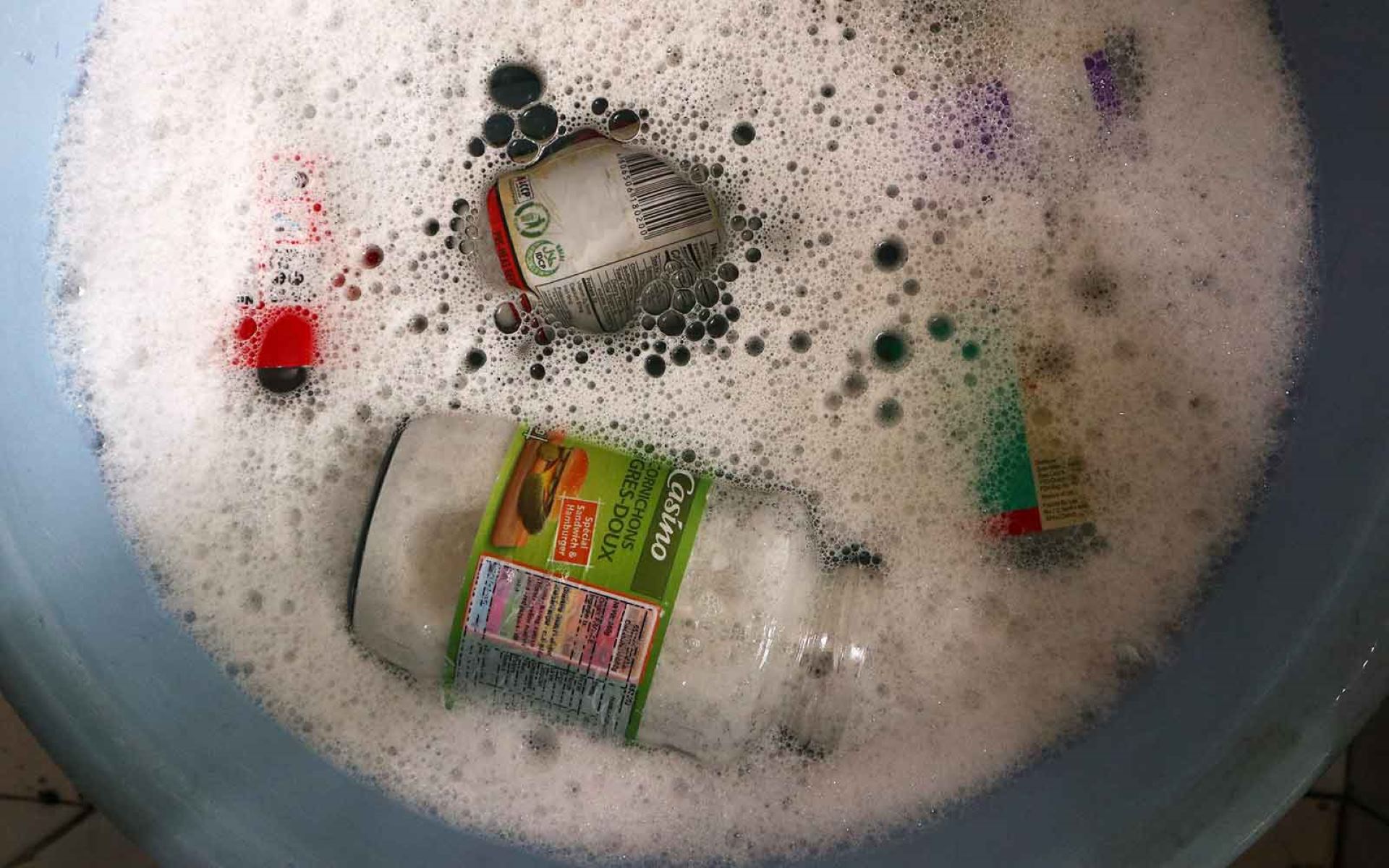
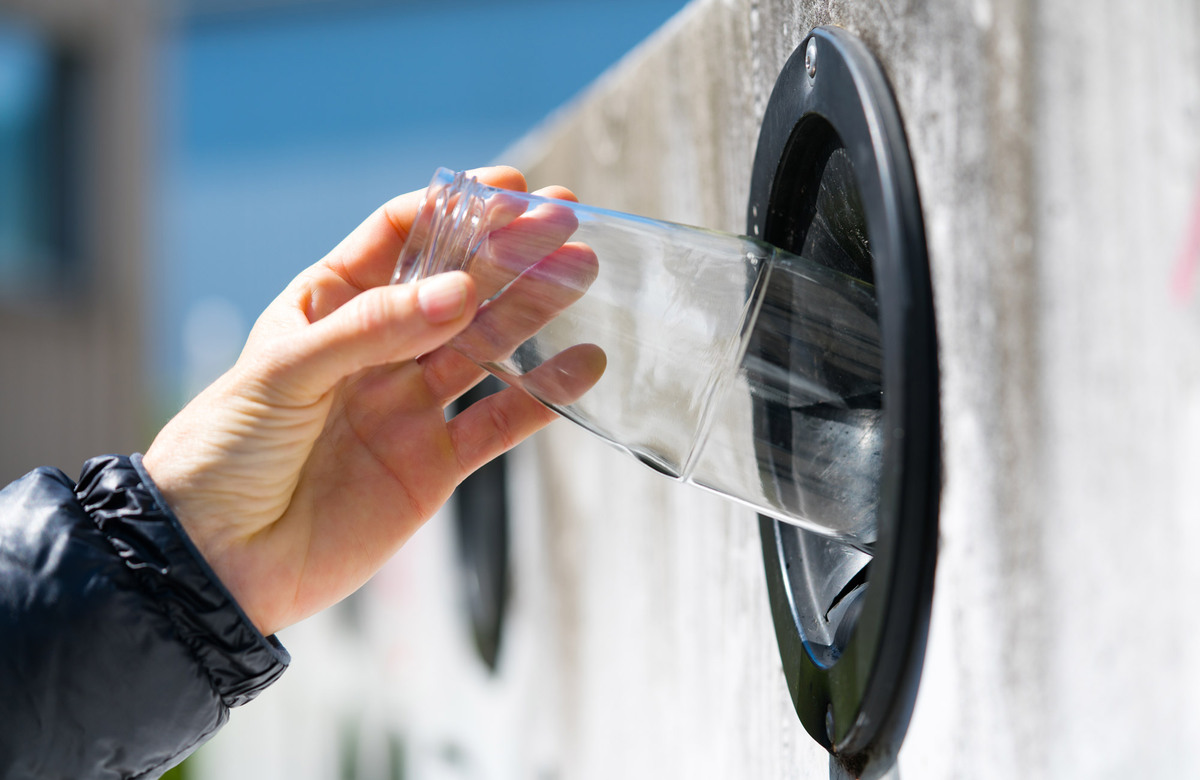
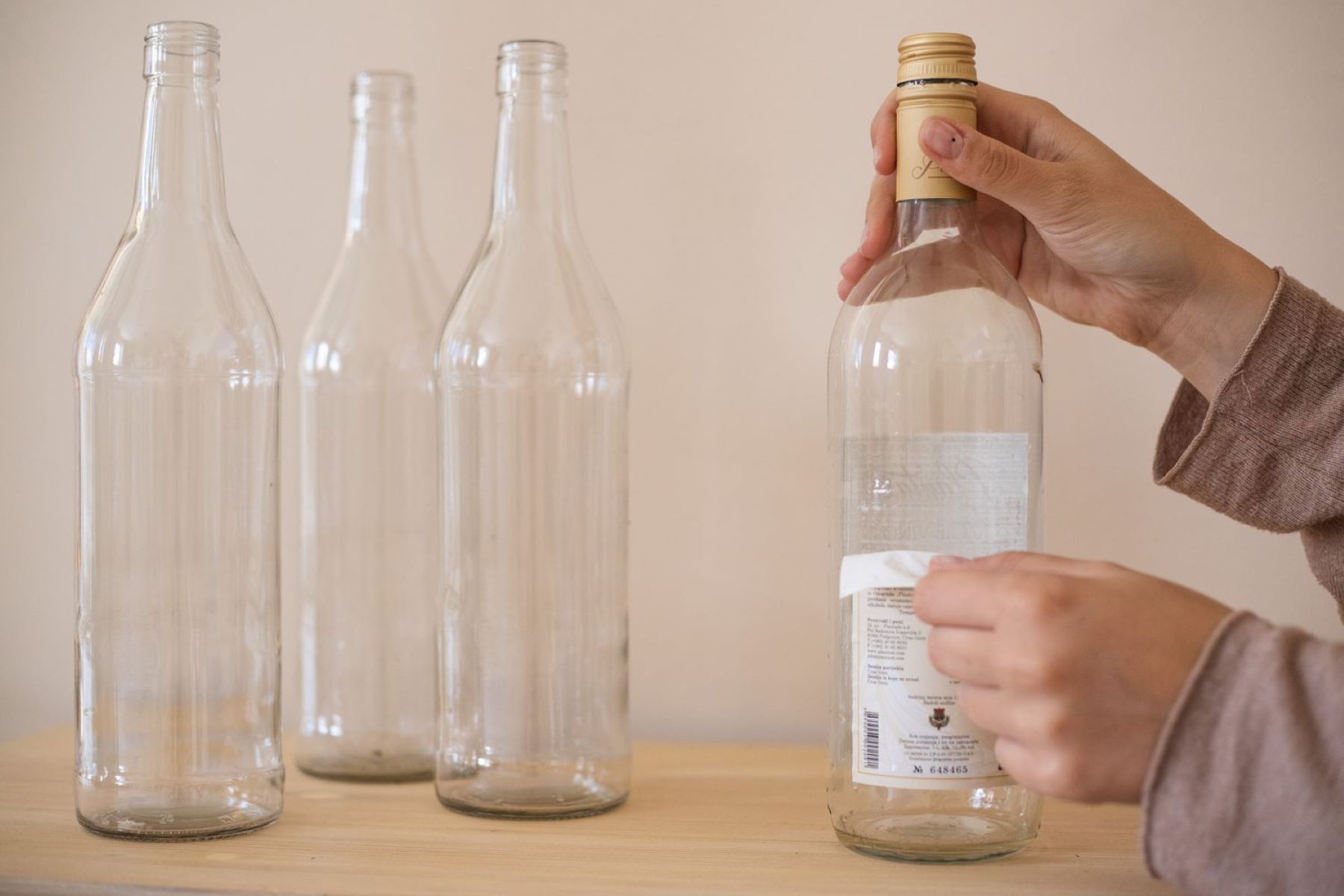
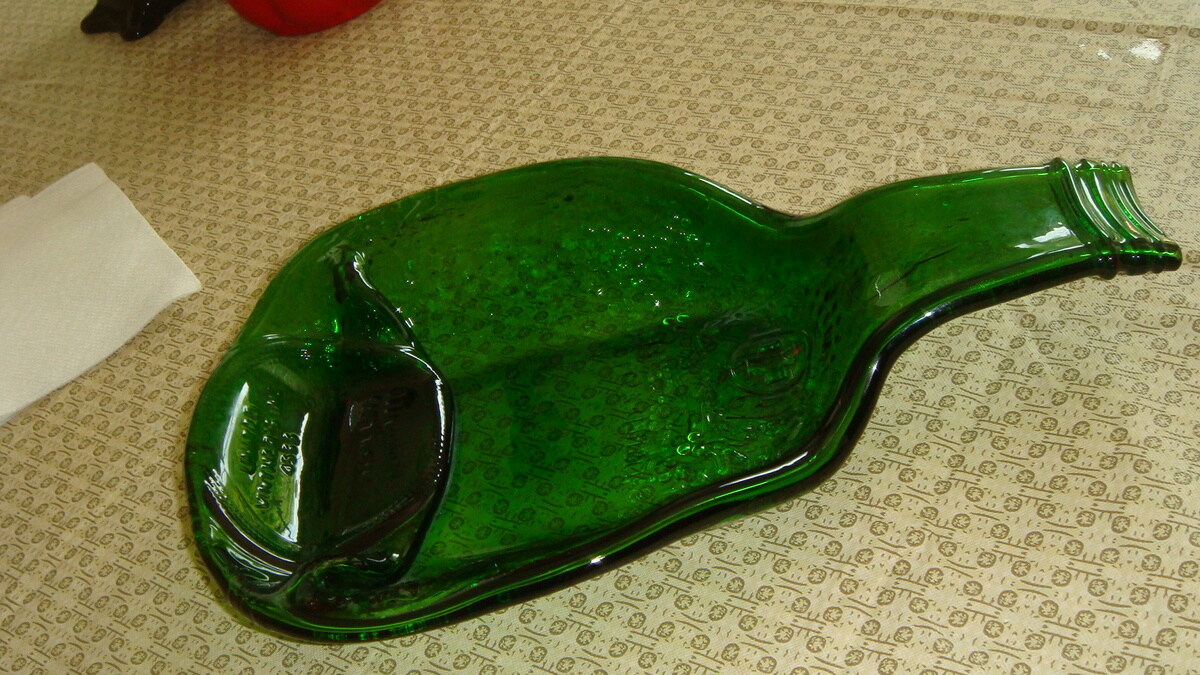
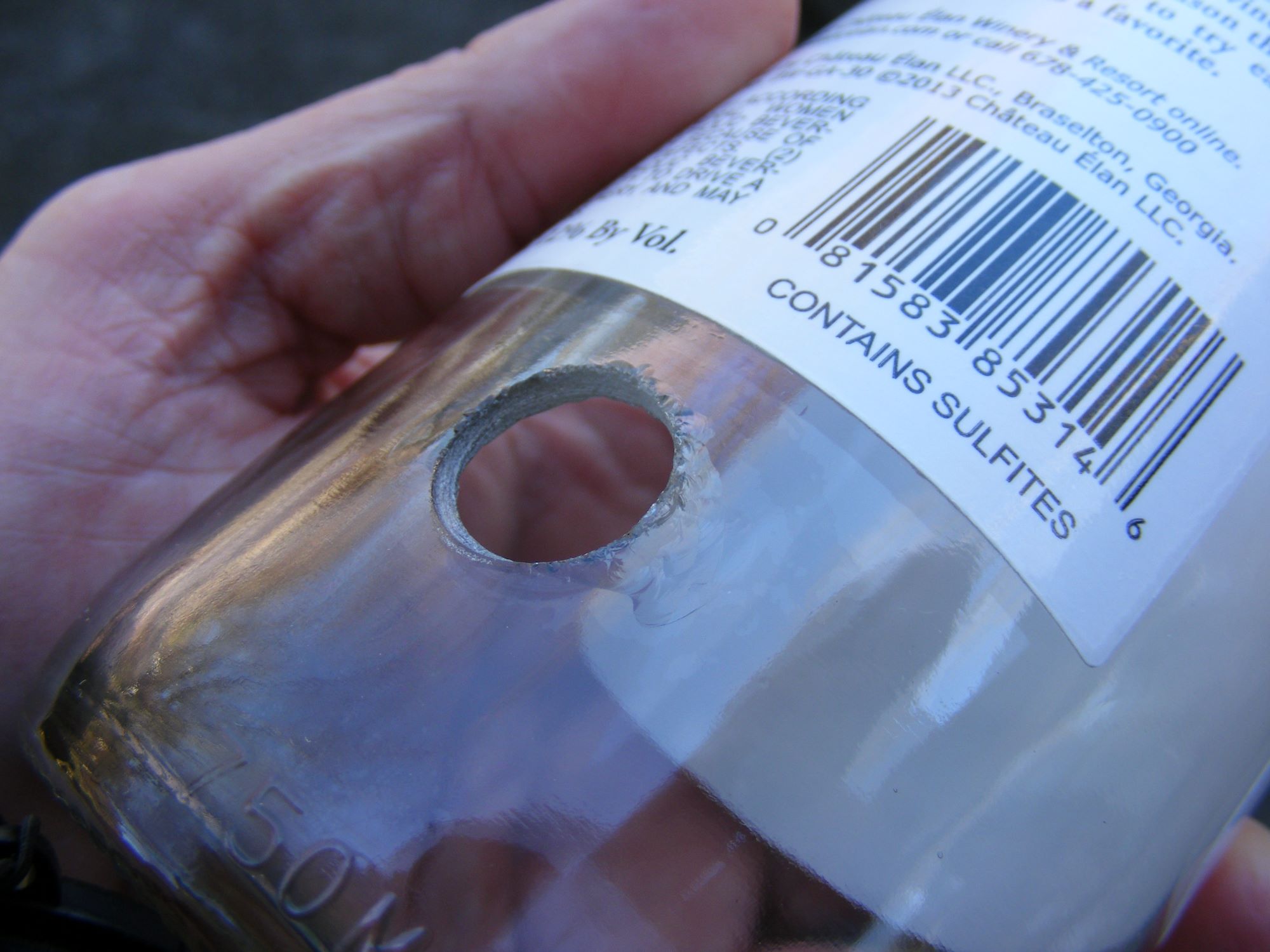

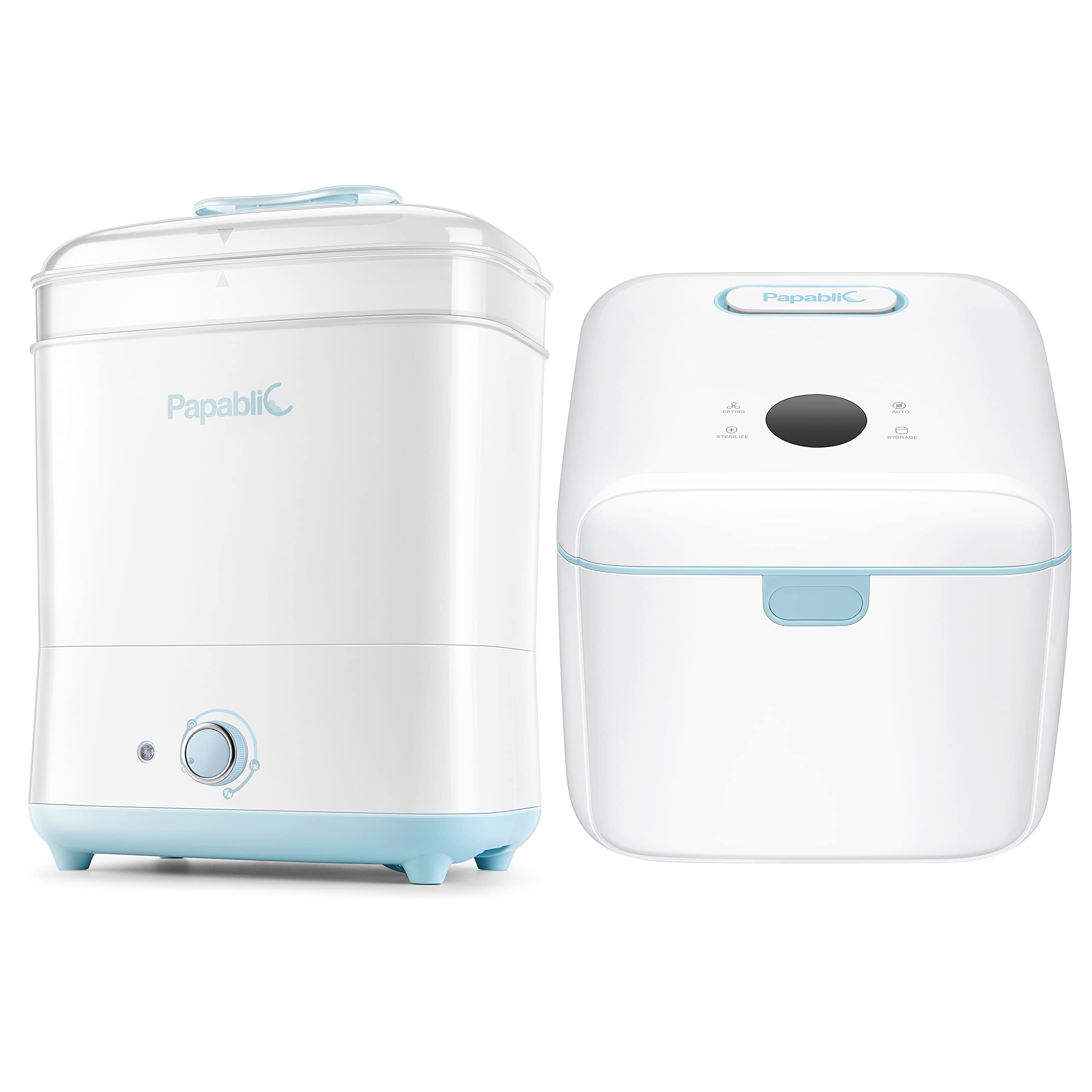
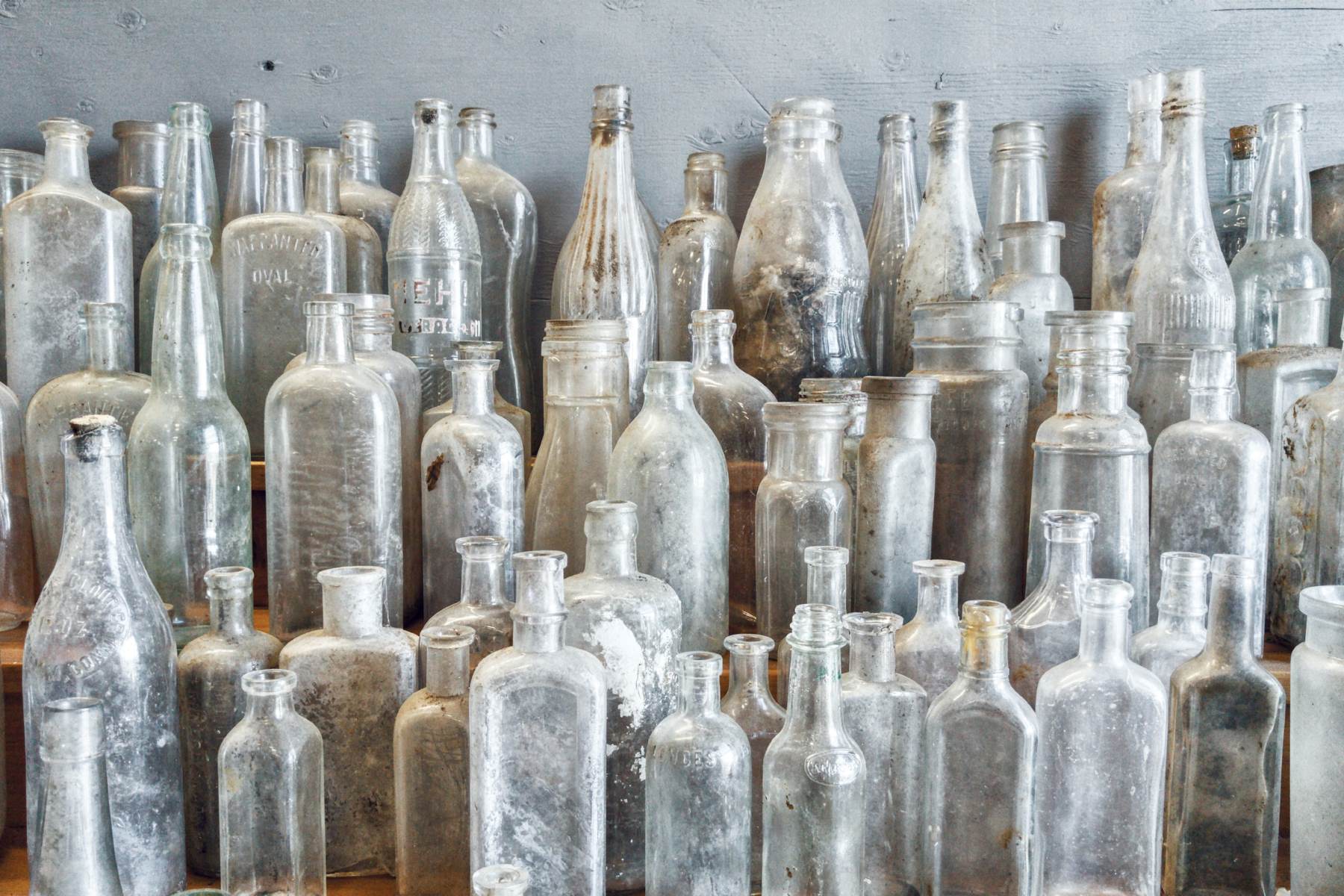

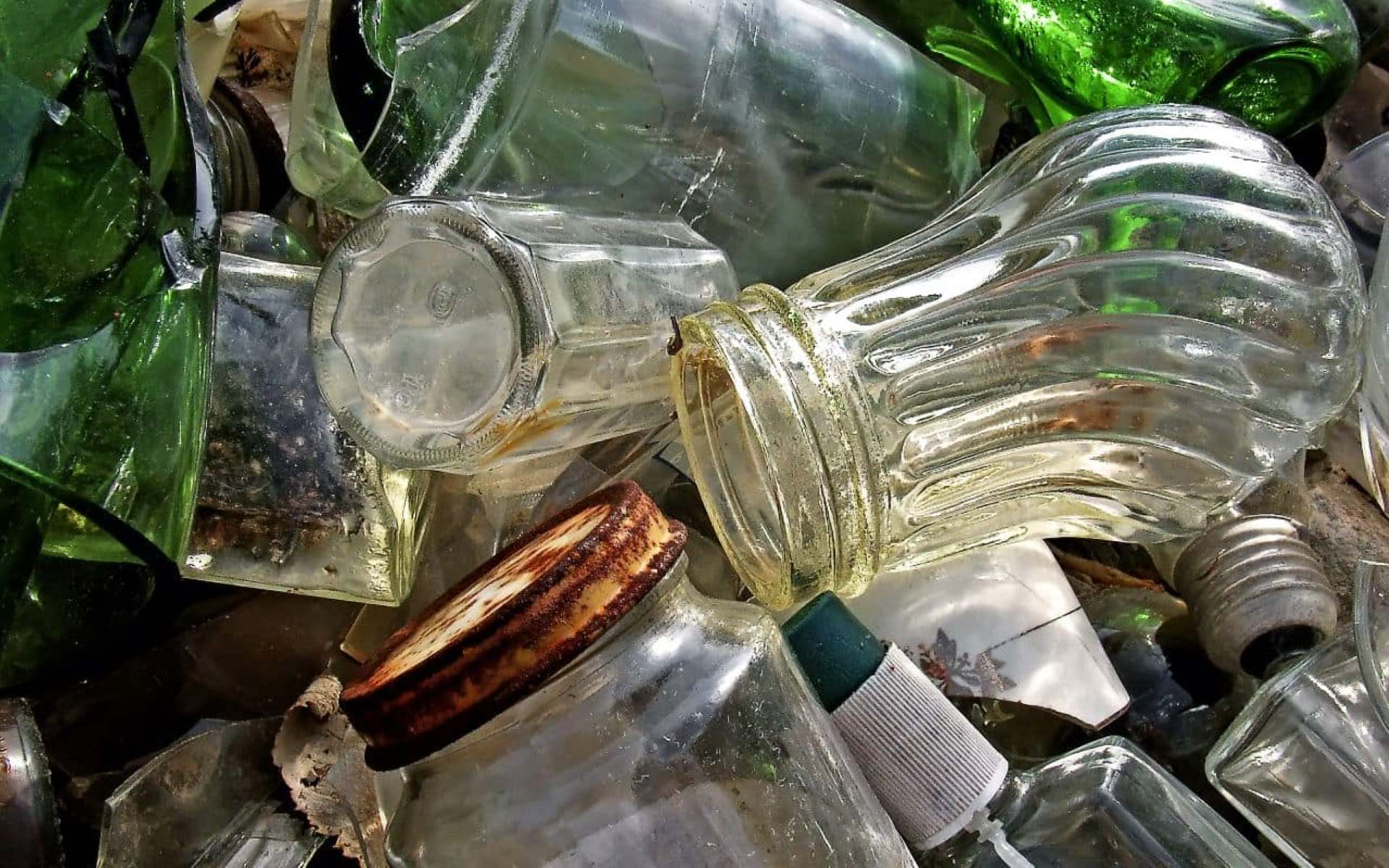
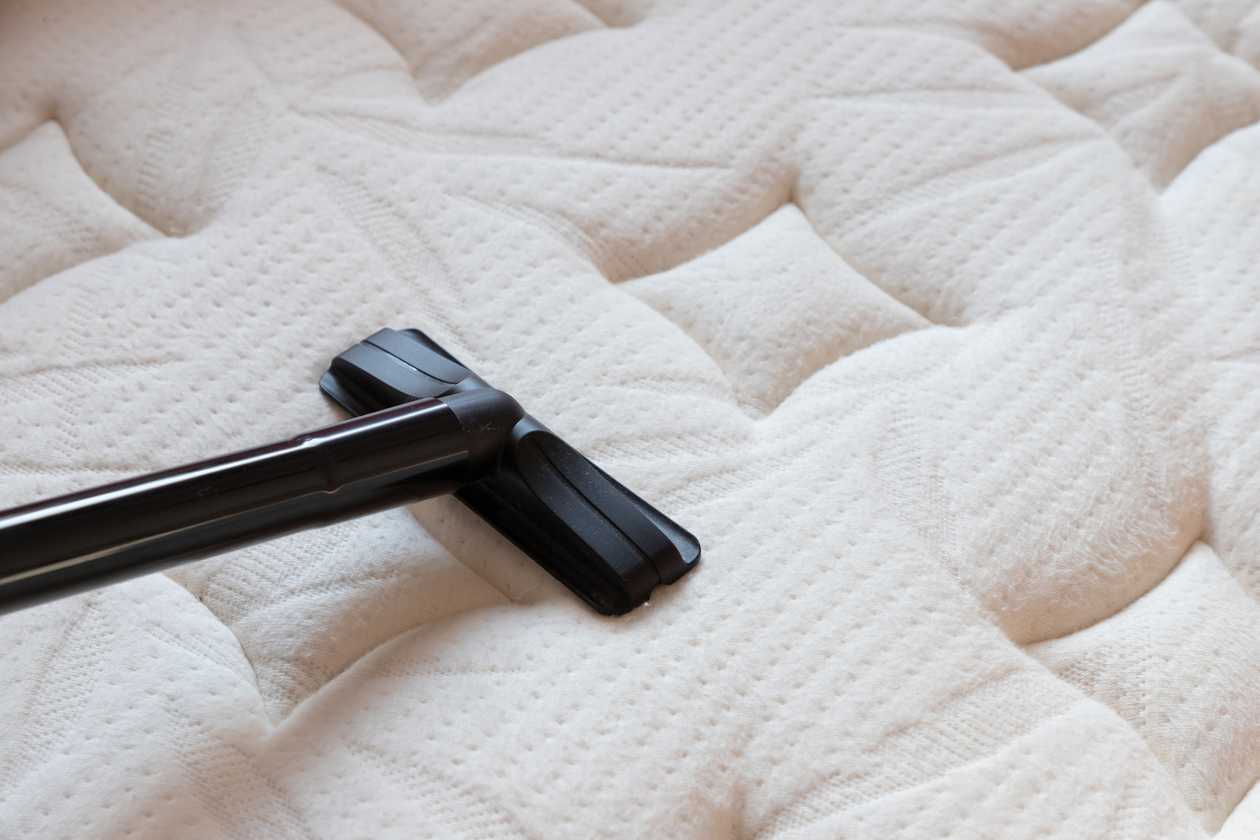
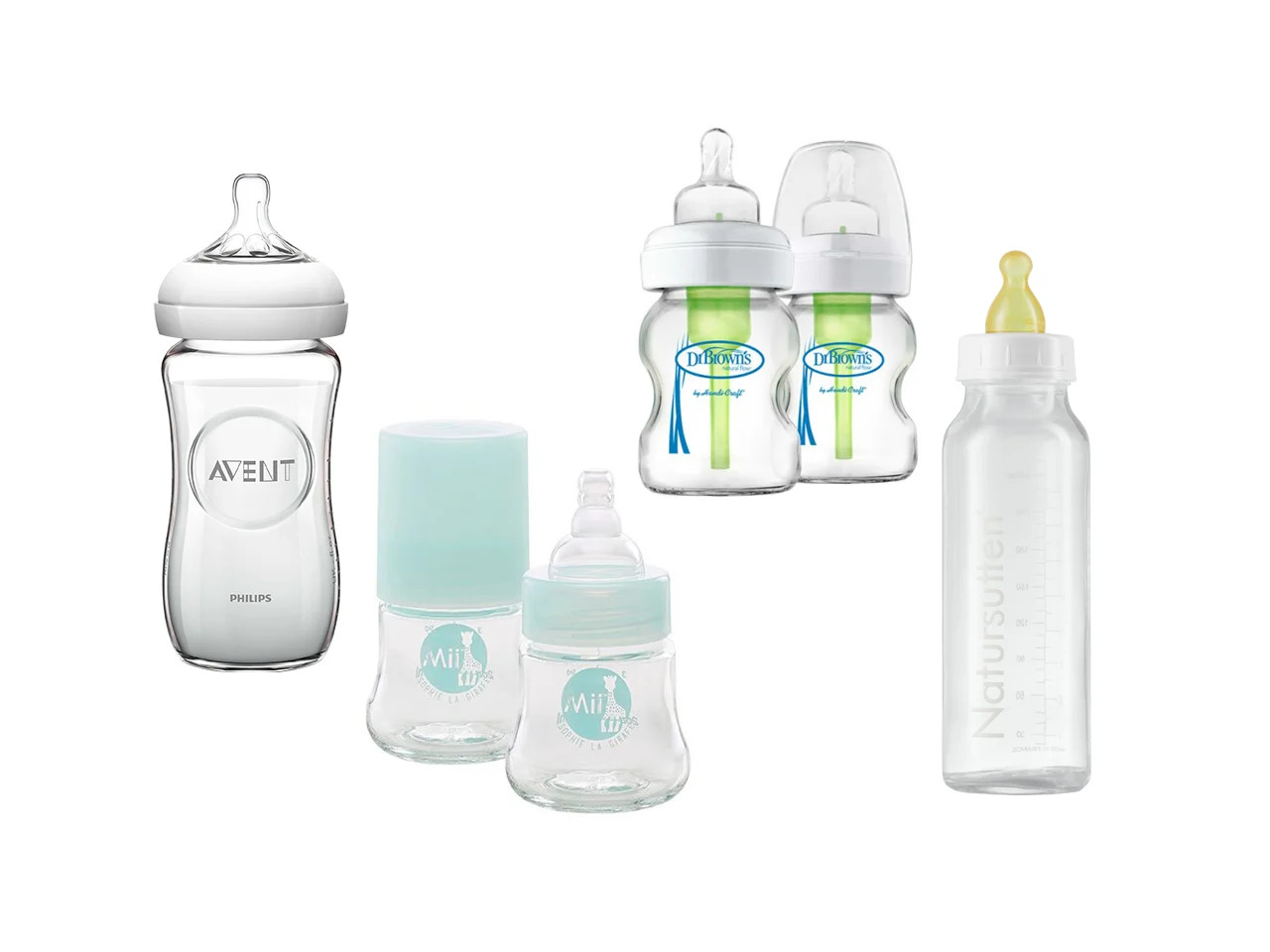

0 thoughts on “How To Sterilize Glass Bottles”